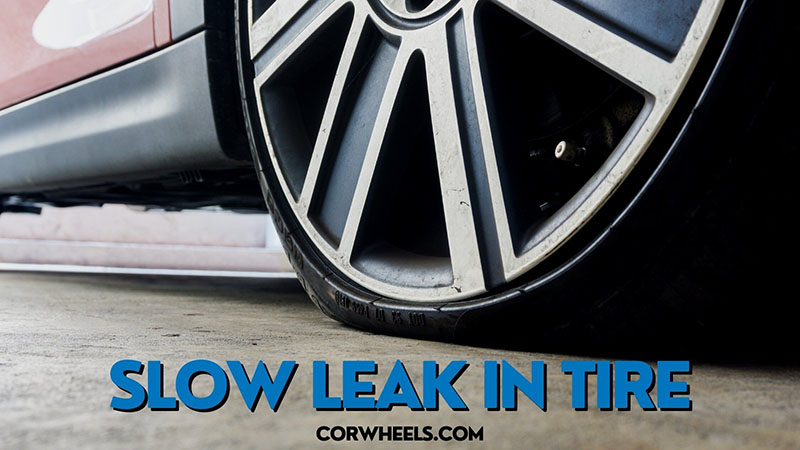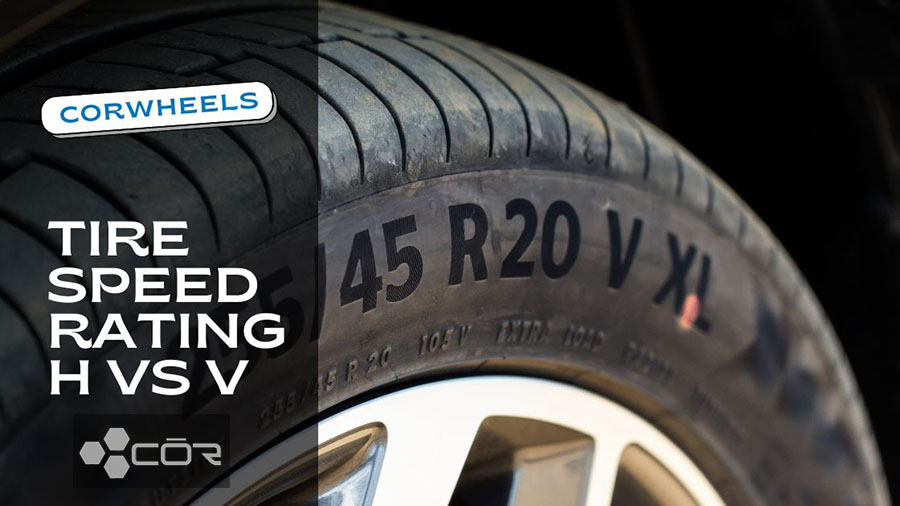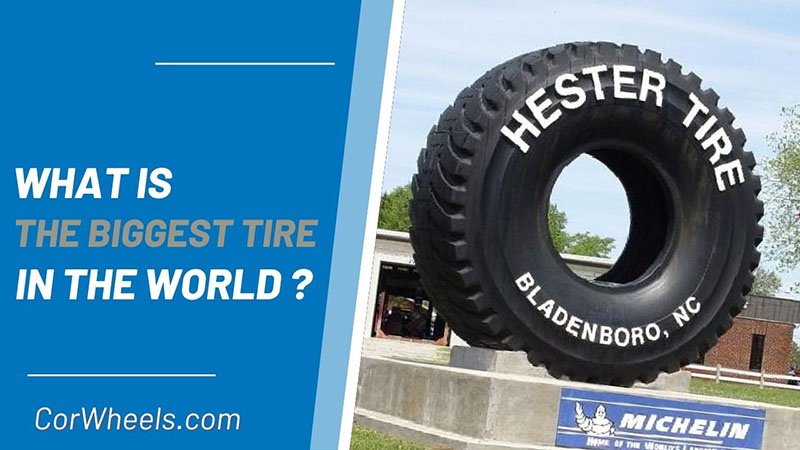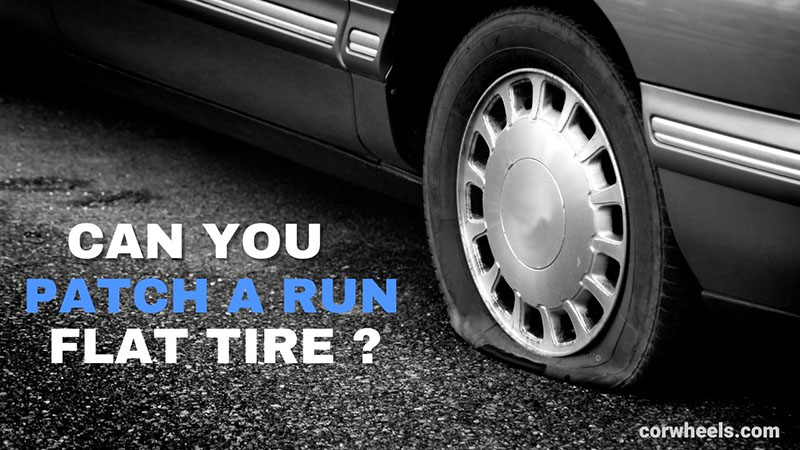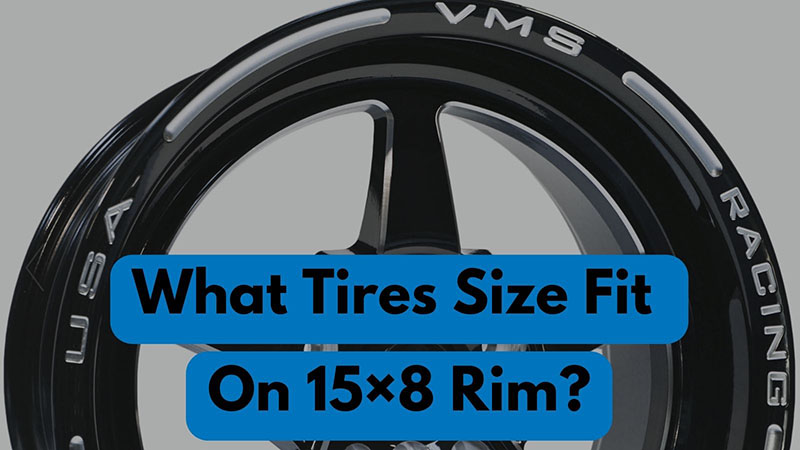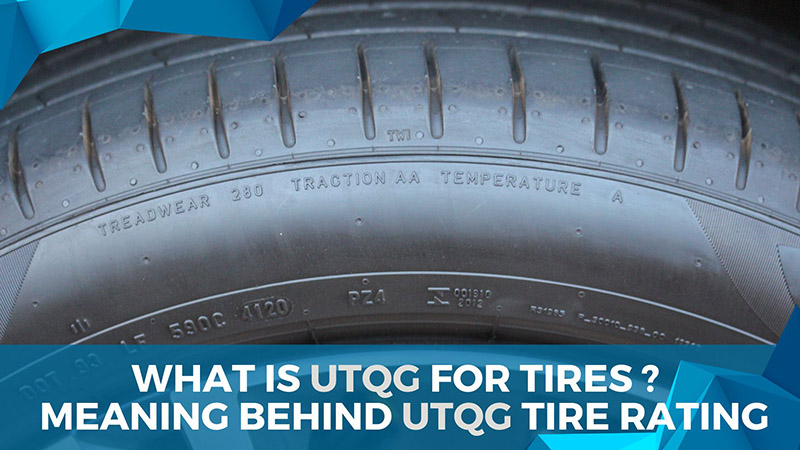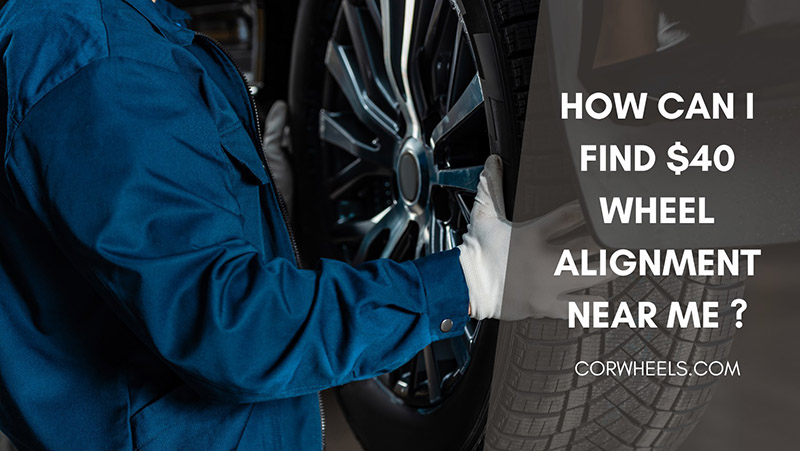Air slowly leaking from tire could be considered the worst nightmare for every automobile, bringing you closer to accidents! Unfortunately, few recognize the danger behind this issue, believing inflating them again will do. They keep putting off the tire leak repair until it’s too late!
This article will discuss these air leaks in more detail, giving you helpful pointers to recognize their symptoms and find proper fixes.
In this article:
What Is A Slow Tire Leak and Its Consequences?
Slow air leaks in tires are self-explanatory, referring to microscopic tire flaws that let the air slowly and steadily escape over long periods. Compared to regular leaks, they are not so easy to detect; you might not even notice them at all until more-than-obvious symptoms show up!
Worse, unlike other leak types, slow leaks rarely produce rapid/dramatic pressure fluctuations or hissing sounds; hence, identifying them will be even more difficult than expected. As if that’s not terrifying enough, these leaks can manifest anywhere, requiring an experienced expert to narrow down their locations!
The most common places for slow air leaks to develop are:
- Within the valve’s vicinity
- In the tire’s bead (where it touches the wheels)
- On top of the valve stems or sidewalls.
Despite being seemingly small, such leakages can pose quite a lot of danger. Your tire pressure will dangerously stoop to low levels, resulting in fatal control loss. Also, pressure failure during driving may exude much more friction/heat than usual and lead to sudden blowouts.
You would be very lucky if no big cars or trucks were approaching at that moment. Otherwise, we dare not imagine what might happen when you fail to steer your vehicle away from their paths.
What Are The Reasons for Tire Leaking Air Slowly?
1. Tire Puncture
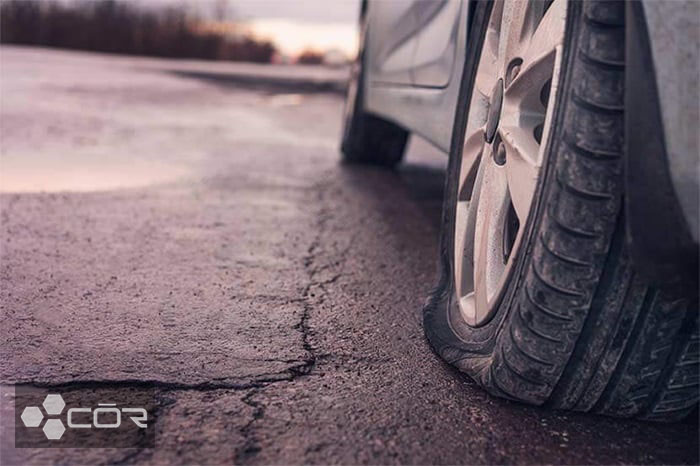
Though it’s a common reason, please note that not every tire puncture results in immediate blowouts or flats. In some cases, sharp objects (broken glass, rocks, screws, nails, road debris, etc.) will get stuck in the tires, keeping them functional despite the slow leaks.
Under other circumstances, the sharp object might fall out immediately after making tiny holes in the tire. The leaks occur much faster as a result; however, since the punctures are mild, most drivers fail to notice anything unusual until the car fails completely.
2. Valve Stem Defects
Valve stems are a critical wheel compartment to ensure consistent air pressure. Drivers may adjust the tire circulation by inflating or releasing more air through this feature.
Note that a valve stem consists of two important parts: the core and the cap. Once the cap is lost, debris and dirt will stick around the core, causing air leakage. Worse, the stem might even crack or corrode due to the combined destruction of chemicals, road salt, moisture, and old age.
3. Leaks From The Damaged Wheel Rim and Tire Bead
Many air leakages are pooled at the connection point between the rim and the tire beads. Why?
A well-performing car must ensure the bead and rim snugly fit each other, sealing the wheel and tire for good inflation. Unfortunately, excessive exposure to aggressive agents (ex: road salts) often corrodes the rim, causing tiny cracks where the air may escape.
The wheels themselves may suffer from damage, too. Suppose you have hit potholes or curbs; your damaged rims will pave the way for slow leaks without you knowing.
4. Normal Tear and Wear
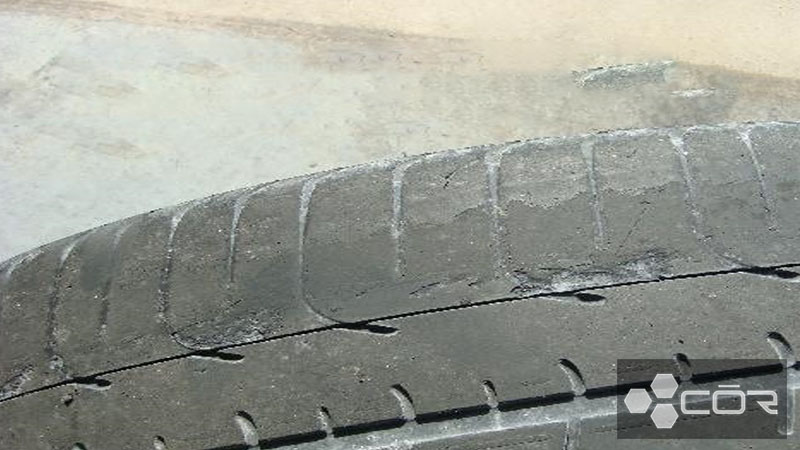
Vehicle manufacturers, local street conditions, driving habits, and tire conditions play a huge part in deciding when to replace the tires. However, most concur that the safest bet is to purchase tire replacements every 20,000 to 55,000 miles.
No matter how well-maintained they are, tires will develop natural wear and tear throughout their lifespans. As the tire treads deteriorate, tractions will be reduced; numerous crevices may form after that, allowing air leakage to occur!
The only solution is to install brand-new tires. There are no other available options.
5. Cold Temperature
A much less popular reason, but no less deadly! Contrary to popular belief, temperature and tire pressure DO share an interconnected relationship. More specifically, every drop of ten degrees outside equals 2% less in tire inflation. Likewise, warmer weather produces 2% more air pressure.
For people living in regions with cold mornings and warm afternoons, avoid rushing out immediately to maintain the proper air circulation in your tire. Before going on longer trips, engage the car in several rounds of short, warm-up driving to have the tires reinflated.
What Are The Symptoms of Slow Tire Leaks?
Slow leaks are clearly at play if you can recognize at least one of these symptoms:
- Frequent flats after tire replacements
- Drops in tire pressure after parking the car for long periods
- One tire has lower pressure, while the others are perfectly fine.
How to Diagnose and Locate A Tire Leak?
- TPMS (Tire pressure monitoring system). Use tire pressure sensors to spot the problem. The device lighting up means low-pressure issues – and if that happens just days after you have the tires inflated, slow leaks are clearly attacking your car.
- Manual Readings. Check the pressure manually with your hands and eyes. If one tire feels under-inflated under your touch, the risks of air leaks are quite high.
- A Spray Bottle of Soapy Water. Mix water and soap in a bottle and spray the content over your entire tire. Air bubbles (if any) are where the leak stems from!
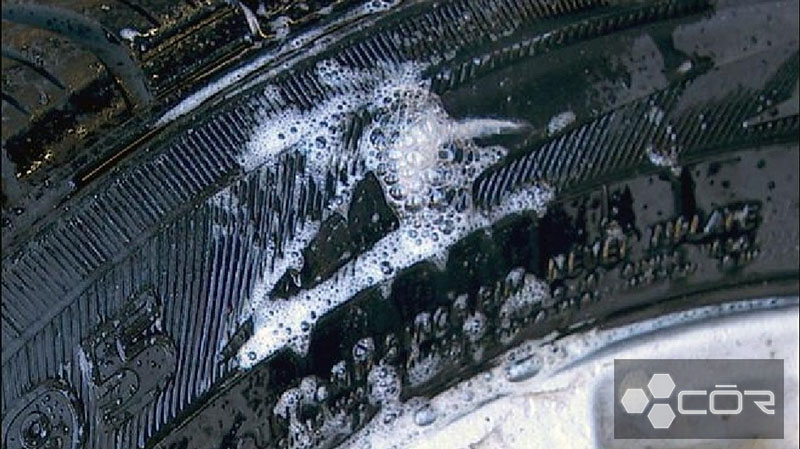
How To Fix Slow Leak in Tire?
Complete tire replacements are still the best, most recommended fix for air leaks. But if they are not feasible for you, using sealants to fill the tire punctures temporarily is also acceptable.
You only need to remove the valve caps and add sealants to the tire. Afterward, rotate the wheels several times to help the sealant settle completely within the leakage and maintain your tire’s balance.
FAQs
Can I Drive With A Slow Leak in The Tires?
Yes, since the leaks are slow. However, that’s very dangerous.
Does A Slow Leak Mean I Need A New Tire?
Yes. Sealants are good fixes but not 100% safe and permanent.
How Much Does It Cost To Fix A Leaky Tire?
Only 10$ to 20$ for new valves, plugs, or patches. But if you turn to tire replacements, expect to spend 50$ to 200$ at a tire shop.
How Long Will A Tire Slow Leak?
It’s hard to say; who knows what else your car will stumble on during the trip? Stay safe by fixing the tire damage as soon as possible.
Conclusion
We hope our take on slow-leak, flat tires can clear your lingering confusion. While sealants can last the car for a while, tire replacement is still the ultimate solution to keep you 100% away from danger! Write to us if you still need more help on tire issues.
See also:

